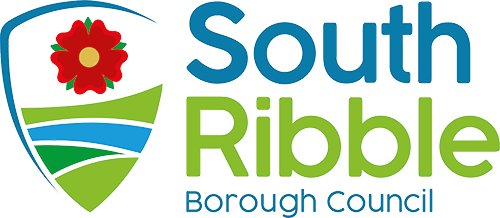Air Pollution
Our air gets dirty (polluted) when it starts to hold on to more tiny particles and the balance of the natural gases, that make air, change.
This started happening when man discovered fire but got worse at the beginning of the industrial revolution in the 18th century when humans started to develop industries and continues to this day. The invention of the car, burning fossil fuels and farming all contribute to increased levels of particles and gases.
The increase in particles can also be from natural sources like pollen and dust formed as a result of droughts or windy days in the desert, ash from volcanic eruptions and wildfires.
Air pollution is also caused by changing amounts of gases in the atmosphere. Many of these occur because of chemical reactions with other gases, sunlight or water vapour. One of these gases is called ozone, which is formed when sunlight reacts with chemicals that come from burning fossil fuels or vehicle exhaust fumes. When particles in the air combine with ozone, they create smog. Smog looks a bit like fog and makes it difficult to see.
Clean air is a requirement for a healthy life for us and all plants and animals on the planet. When we breathe in the pollutants over a long time period, they can lead to a number of health conditions associated with the lungs and heart.
The effects are seen more in children, as their bodies are still developing and growing and because they are generally shorter in height, they are closer to the source of pollutants from vehicles.
High levels of pollutants landing on the earth can change soil nutrient levels, make lakes and stream more acidic, damage crops and cause acid rain.
You can report the following type of air pollution:
- smoke from bonfires and chimneys
- emissions such as dust and gases from commercial or industrial premises
- smoke and dust from construction or demolition sites.




